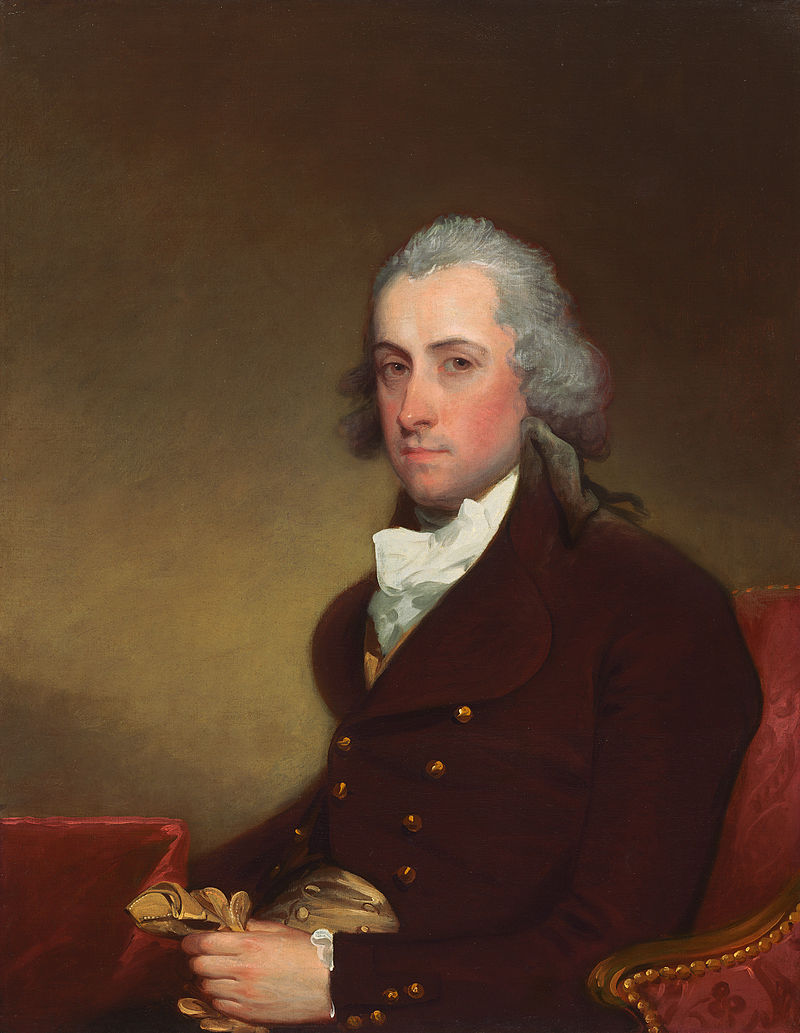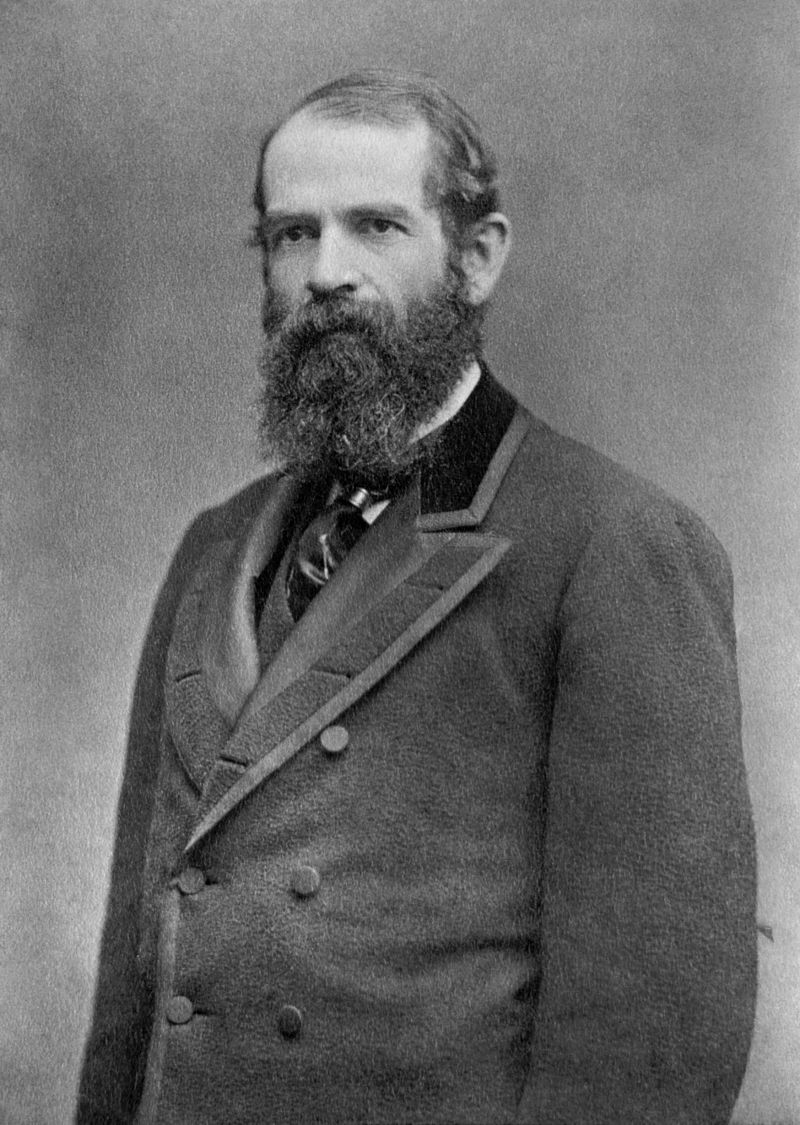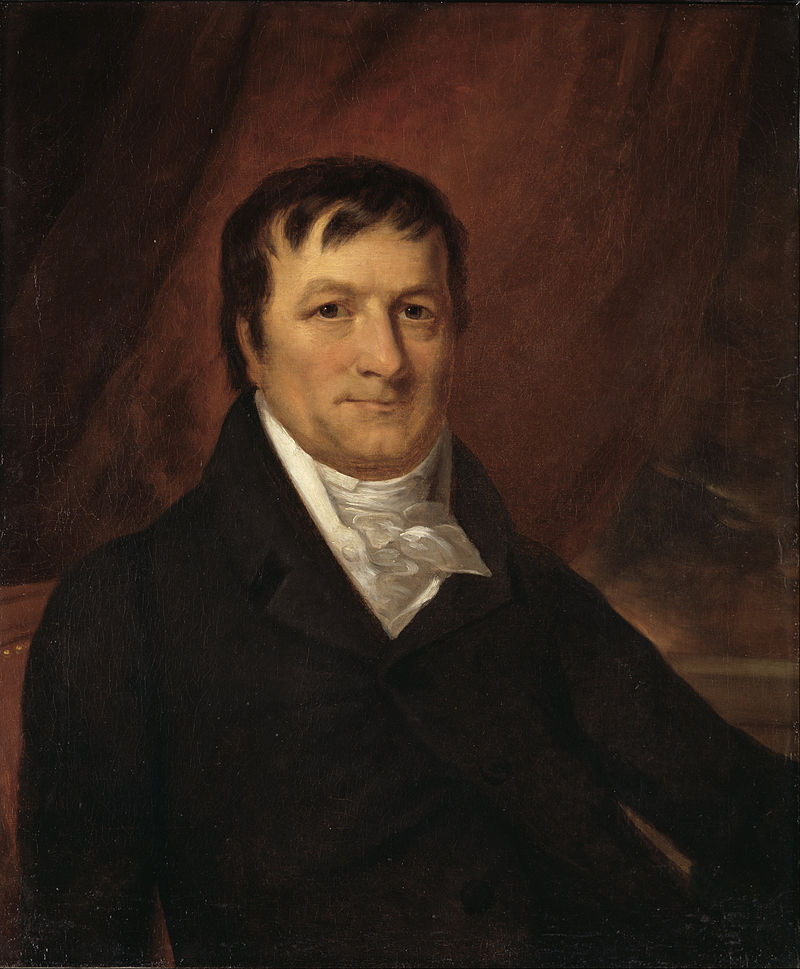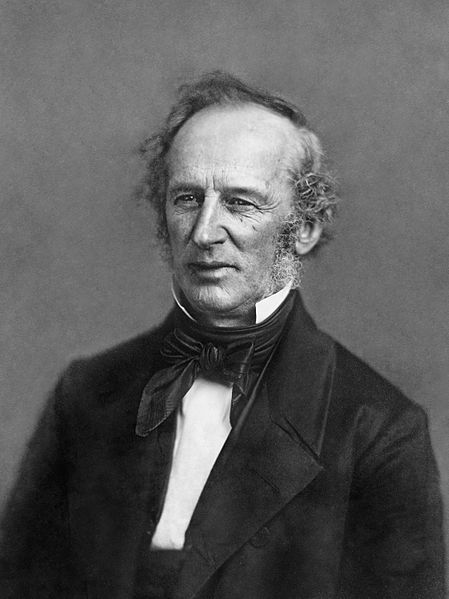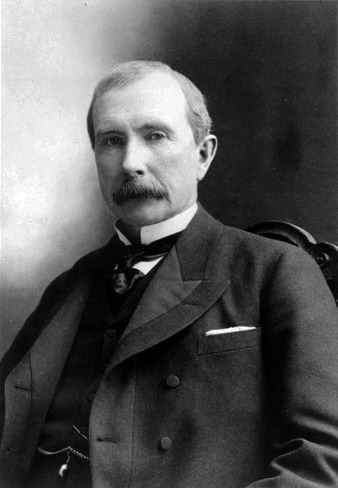One of the greatest things about the American dream is that literally anyone has a chance at being king. However, there are no guarantees or probabilities, but as long as you’re alive and kicking, you’ve got a chance .
Take a look at these people who decided to take advantage of some of the fast and loose rules in America’s early economy, they managed to become a little more kingly than other people. Today, they’re mostly the faceless benefactors of charitable foundations keeping public radio and universities going, but they used to be great individuals who mastered the art of making more money than anyone else ever did. While most of you might know their names, it’s likely you only know a little on how they accumulated all their wealth That is why in this article, we are going to list down the are richest Americans in history.
Marshall Field
- 1894-1906
- Adjusted Wealth: $66 Billion
Marshall Field was born on a farm, and his first job is retail working at a dry-goods store. After he moved to west to Chicago when he was 21-years-old, he started working at a leading retail shop in the area, in which he eventually become a business partner. After some success, Marshall Field started buying out competitors’ department stores. He turned those business into Marshall Field’s, which is one of the well-known department store in United States.
Stephen Van Rensselaer
- 1764-1839
- Adjusted Wealth: $101 Billion
Sometimes, being rich doesn’t need any hard work at all. Just like Stephen Van Rensselaer who inherited a 1,200 square mile estate in Upstate New York when he turned 21 years old. Rensselaer used his land to became the landlord that end all landlords, which is why he had at least 3,000 people leasing from him. That, income was combined with the rest of his inheritance which is why it netted him a hefty amount of income. Stephen Van Rensselaer had so much time on his hands, because what do landlords do anyway, right? Which is why he decided to enter politics and became a fairly liberal Lieutenant Governor of New York. Talk about earning easy money.
Jay Gould
- 1836-1892
- Adjusted Wealth: 78.3 billion
After Jay Gould earned money from bookkeeping for a blacksmith and finishing education in Roxbury, NY, he decided to venture in different leather businesses. But when one of is business’s partners went broke and Gould had the opportunity to buy all the assets at lower prices. With more cash in hand, Gould entered the railroad business and invested well enough to kick Cornelius Vanderbilt out of the Erie Railroad.
After that success, he decided to enter the gold market and drove up its price so much which resulted to the farmers selling more stuff and using his railroads to ship it all back east. His scheme imploded and eventually he was bombarded. But, once again, Jay Gould learned to manipulate the market.
Stephen Girard
- 1750-1831
- Adjusted Wealth: $120 Billion
Born in France, Étienne Girard did not finish his education and he only had one eye but unlike Gould, he did something good. In fact, he was even recognized as one of the people who saved America’s economy from collapsing during the War of 1812. He took the advantage of having a sea fearer father and used his boat to become a merchant and eventually being a shipping magnate.
During 1811, when the First Bank of the US’s charter ran out of money, he took over the company and called it as Girard’s Bank. Which in turn turned him into the principle moneylender to the new government. So without Stephen Girard providing massive loans to the American government, the war effort would have been unable to go on. This banking arrangement gave Girard a hefty amount of money after the war it helped him became one of the wealthiest man in America.
John Jacob Astor
- 1763-1848
- Adjusted Wealth: $138 Billion
Born as Johann Jakob Astor, this billionaire was a German butcher’s son who came to America after he stayed London, where he perfected his English speaking skills. When he arrived at New York City, Astor first worked at his brother’s butcher shop before deciding to go north and enter the fur trade with the Native Americans. In an effort to diversify his portfolio he also got involved in his brother’s musical instrument business. And this is where he got the money to buy a racehorse from England which sparked the Standardbred bloodline.
When Astor saw that he could take advantage of the new fur treaty, he decided to open up fur markets which amassed him a fortune that is worth about a quarter million dollars. When the war ended in 1812, Astor decided to invest in real estate and he bought a 99-year Manhattan lease for $68,000 and this mansion proved to be his making. After that, he decided to purchase a 70-acre farm between 42nd and 46th streets, west of Broadway. Seeing that he had so much opportunity in real estate, Astor decided to he sell his fur company and used his money to purchase as much of Manhattan as he could. After that, Astor pretty much owned the city, and most people were leasing from him.
Cornelius Vanderbilt
- 1794-1877
- Adjusted Wealth: $205 Billion
After he quit school at the tender age of 11, Cornelius Vanderbilt decided to start a small ferry business, that is why he bought himself a steamboat which resulted to him getting very close with a very powerful and rich businessman named Thomas Gibbons, who also became the person who taught him how to be a businessman. When Thomas Gibbons died, Vanderbilt stayed close with Gibbons’ son, and then he eventually bought him out.
Bit by bit, Vanderbilt started to gain control of the ferry lines and he also made a secret monopoly by transacting under-the-table partnership with his rival company. But since his ferry business was established during the time of the railroads, Vanderbilt also decided to become involved in the railroad business.
Using the money he earns from his ferry and railroad business, Vanderbilt purchase several lands in New York and after the Gold Rush, he decided to be involved in ocean liners, which took his railroad business even further. Vanderbilt didn’t stop there because he decided to invest in a handful of railroad companies such as the New York and Harlem Railroad, and later built the Grand Central Terminal.
Andrew Carnegie
- 1835-1919
- Adjusted Wealth: $101 Billion
Andrew Carnegie started out as a telegraph operator, he was so smart he was able to decipher the Morse code without having to use pen and paper. This became his key in climbing up the ladder of success in the railroad company, this is because railroads and telegraphs were closely linked back in the day. When he earned enough money, Carnegie started to invest in businesses. Reportedly, he used a little insider trading and invested in Adams Express. This led to other investments and reinvestments in railroad related industries.
Carnegie slowly but surely spread his influence from railroads and telegraphs, steel, and even oil. After the war, Carnegie decided to let go of the rail business and invested in bridges and other ironworks. He soon became the king of a steel empire and this is where he made his true fortune. He innovated the technical process of steel making and integrated his business with it. Which is why not long after that, America’s steel output was able surpassed Britain’s and Carnegie became the richest man in the world.
John D. Rockefeller
- 1839-1937
- Adjusted Wealth: $340 Billion
John D. Rockefeller had a con artist for a dad, but he didn’t took the path that his pop chose, and instead, he became a bookkeeper. After gaining some experience, he found and talked to investors and decided to start a produce company. With that money he gained from the said business, he started to invest in oil and also built a refinery with a few others people, who he bought out eventually. This move landed him in a good position where he took advantage of the post-Civil War economic rise. After the war ended, Rockefeller owned one of the main refineries, and he opened Standard Oil.
With the money that he’s getting from his new company, Rockefeller started buying out his competitions. Which is why Standard Oil soon became the supplier of 90 percent of America’s oil and petroleum products.



